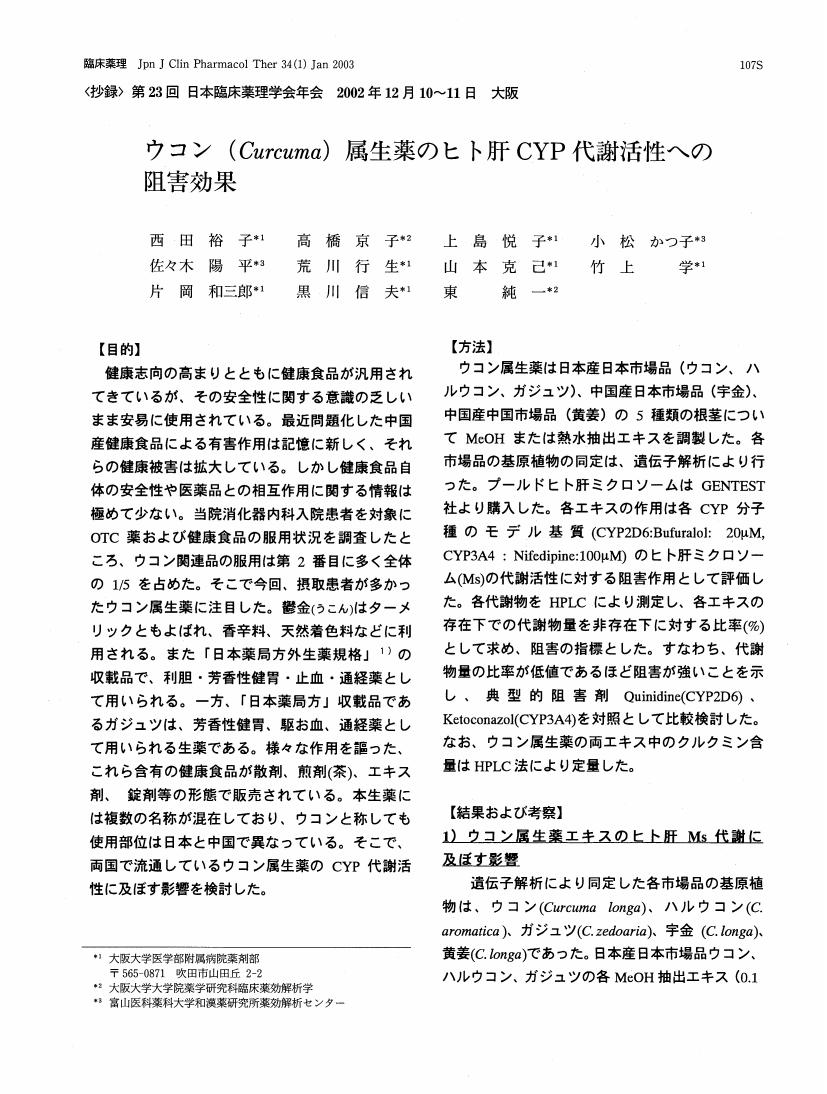2 0 0 0 IR A-003(31) ウコン類生薬の自然発症高血圧ラットに対する効果に関する検討
1 0 0 0 OA キナの国内栽培に関する史的研究(第4報)台湾の恒春熱帯植物殖育場における栽培化の試み
- 著者
- 南雲 清二 佐々木 陽平
- 出版者
- 日本薬史学会
- 雑誌
- 薬史学雑誌 (ISSN:02852314)
- 巻号頁・発行日
- vol.47, no.1, pp.11-20, 2012 (Released:2021-07-02)
We are studying how cinchona, one of the most important medicinal plants, was introduced and cultivated in Japan. As part of this research, here we report on cinchona cultivation at the Koshun nettai syokubutu syokuikujo (Hengchun Tropical Plant Cultivation Farm; now the Hengchun Branch of the Taiwan Forestry Research Institute) in Taiwan, which was under Japanese colonial rule from 1895. The Koshun-nettaisyokubutusyokuikujo was established in 1901 by the Governor-General of Taiwan at Hengchun in southern Taiwan, as a cultivation facility for useful plants. The person who directly conducted the construction and operation of the facility was Yasusada Tashiro. For approximately ten years (1901-1910), he strived to construct the cultivation farm and grow plants of economic value. Among many plants of which cultivation attempts were made was cinchona. Tashiro was also the first person in Japan who attempted to cultivate cinchona (in 1882) and thus, his attempt to cultivate cinchona in Hengchun, Taiwan, was the second chalenge for him. With the cooperation of Motoo Higuchi, a staff with outstanding skills in cultivation, Tashiro began to see the prospects for cinchona domestication. However, Higuchi was suddenly fired from his job at the cultivation farm. In the aftermath, cinchona seedlings that they had cultivated up to that time gradually started to wither and subsequently, cinchona cultivation at the cultivation farm ended in failure. Tashiro was disappointed; nevertheless, the technical experience gained from cinchona cultivation at the cultivation farm was very valuable and proved to be greatly useful later in life.
1 0 0 0 OA キナの国内栽培に関する史的研究(第5報)国内初のキナ栽培の成功と収穫されたキナ原木の同定
- 著者
- 南雲 清二 佐々木 陽平 竹下 一夫
- 出版者
- 日本薬史学会
- 雑誌
- 薬史学雑誌 (ISSN:02852314)
- 巻号頁・発行日
- vol.47, no.1, pp.21-30, 2012 (Released:2021-07-02)
We are studying how cinchona, one of the most important medicinal plants, was introduced and cultivated in Japan. We already mentioned that in the process, two cultivation attempts were made: the first in Japan in 1882, and the second in the Taiwanese town of Hengchun in approximately 1900, when Taiwan was under Japanese colonial rule. Yasusada Tashiro was behind those two cinchona cultivation attempts; however, they both ended in failure. Later, Tashiro became an employee of Hoshi Pharmaceutical Co., Ltd. and in 1922, succeeded for the first time in cultivating cinchona at the company-owned cinchona field in Taiwan. This third challenge for him finally led to success. Hoshi Pharmaceutical went on further to produce cinchona bark from the cultivated tree for the first time in 1934, and also succeeded in extracting quinine from the bark. This was a historic feat in the Japanese pharmaceutical industry, completing an entire process from cinchona cultivation to quinine manufacture all within the confines of the country. In this report, we describe the historical background and involvement of Yasusada Tashiro, who was instrumental to the success of cinchona cultivation in the company. Furthermore, we reveal that a log of unknown origin, which had been left untouched for years at Hoshi University, was the cinchona log from the time when Hoshi Pharmaceutical succeeded in the cultivation.
